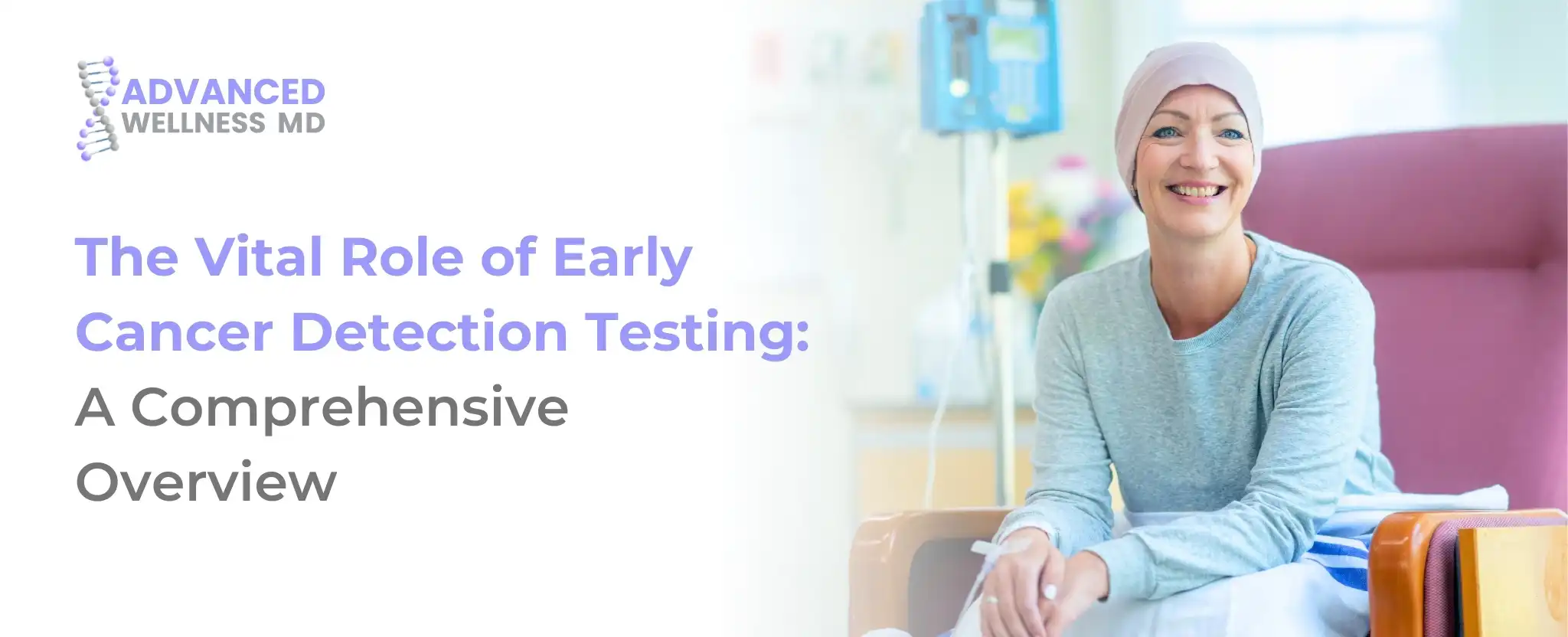
Table of Contents
The Vital Role of Early Cancer Detection Testing: A Comprehensive Overview
Cancer remains one of the leading causes of mortality worldwide, making early detection a critical factor in improving patient outcomes. Advances in medical technology have made it possible to detect cancer at its earliest stages, when treatment is most effective. This article explores the importance, methods, benefits, and future of early cancer detection testing, highlighting its transformative impact on healthcare.
Importance of Early Cancer Detection Testing
Early cancer detection can significantly increase survival rates. When cancer is identified at an early stage, it is often localized and has not yet spread to other parts of the body. This makes it more likely that treatment will be successful and less invasive. For many types of cancer, early detection can mean the difference between a high and low chance of survival.
Methods of Early Cancer Detection
Early cancer detection testing encompasses a range of techniques, each designed to identify the disease before symptoms develop. Below are some of the most commonly used methods for detecting cancer at its earliest stages:
Screening Tests
Mammography: Used for detecting breast cancer, mammograms can identify tumors that are too small to be felt. Regular mammograms are recommended for women over a certain age or with risk factors.
Pap Smear and HPV Testing: These tests are essential for detecting cervical cancer. Pap smears can identify precancerous changes, while HPV testing can detect the presence of the virus that can cause cervical cancer.
Colonoscopy: This test allows for the examination of the colon and rectum to detect colorectal cancer. Polyps, which can develop into cancer, can be removed during the procedure.
Low-Dose CT Scans: These scans are used for detecting lung cancer in high-risk individuals, such as long-term smokers. They can identify small nodules that may be cancerous.
Biomarker Testing
Biomarkers are substances found in blood, urine, or tissues that can indicate the presence of cancer. Tests for biomarkers like CA-125 for ovarian cancer or CA 19-9 for pancreatic cancer can help in early detection and risk assessment.
Genetic Testing
Genetic testing can identify individuals at high risk for certain types of cancer due to inherited genetic mutations. This information allows for increased surveillance and preventive measures.
Liquid Biopsies
Liquid biopsies involve analyzing blood samples for cancer cells or DNA from tumors. This non-invasive method can detect cancer at an early stage and monitor the effectiveness of treatment.
Muti-Cancer Early Detection (MCED) Tests
Tests such as the Galleri, use a single blood test to screen for 50+ cancers, using a shared cancer signal. This signal accuracy varies by cancer type but provides up to 93.5% sensitivity, and for cancers such as pancreatic and ovarian cancer, provides over 83% sensitivity. More importantly, these cancers can be found at earlier stages, which can dramatically increase survival.
Focus on Long-Term Health Outcomes
By emphasizing personalized care, preventive strategies, and strong patient-provider relationships, concierge primary care aims to improve long-term health outcomes.
Early Detection and Prevention: Proactive care and regular monitoring lead to early detection of potential health issues, which can significantly improve outcomes and reduce the need for more intensive treatments.
Personalized Treatment Plans: Tailored treatment plans address individual health risks and conditions, promoting better health and longevity.
Ongoing Support and Monitoring: Continuous support and monitoring help maintain health improvements and prevent relapse of chronic conditions.
Benefits of Early Cancer Detection
Improved Survival Rates: Detecting cancer early increases the chances of successful treatment and long-term survival. For instance, the five-year survival rate for localized breast cancer is nearly 99%, compared to 27% for metastatic cases.
Less Aggressive Treatment: Early-stage cancers often require less aggressive treatments, which means fewer side effects and a better quality of life for patients.
Cost-Effectiveness: Treating cancer at an early stage is generally less expensive than treating advanced cancer. Early detection can reduce healthcare costs by avoiding the need for more complex and prolonged treatments.
Better Prognosis: Patients diagnosed at an early stage often have a better overall prognosis, with higher chances of complete remission and lower recurrence rates.
Future of Early Cancer Detection
The future of early cancer detection looks promising, with ongoing research and technological advancements paving the way for more accurate and less invasive methods. Key areas of development include:
Advances in Imaging Technologies: Improved imaging techniques, such as enhanced MRI and AI-powered analysis, promise to detect smaller tumors with greater accuracy.
Artificial Intelligence and Machine Learning: AI and machine learning algorithms are being developed to analyze vast amounts of data from medical records, imaging, and genetic tests to identify patterns indicative of early cancer.
Personalized Medicine: The integration of genetic, molecular, and lifestyle data will enable more personalized screening programs, tailored to an individual’s specific risk profile.
Accessible Testing: Efforts are underway to make early detection tests more accessible and affordable, particularly in low-resource settings, to ensure broader population coverage.
Conclusion
Early cancer detection testing is a cornerstone of modern oncology, offering a pathway to significantly better outcomes for patients. By identifying cancer at its most treatable stages, these tests can save lives, reduce the burden of treatment, and lower healthcare costs. Continued investment in research and technology will enhance the effectiveness and accessibility of early detection, bringing us closer to a future where cancer is caught early, treated promptly, and cured effectively.
Latest Posts
NEWSLETTER
Subscribe to our newsletter and get the latest content right in your inbox.






